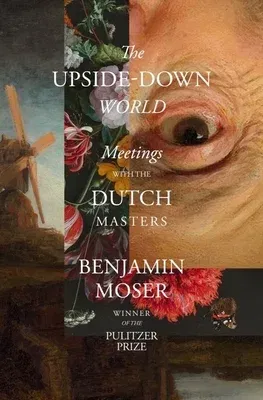Benjamin Moser
(Author)The Upside-Down World: Meetings with the Dutch MastersHardcover, 10 October 2023

Temporarily out of stock
Free Delivery
Cash on Delivery
15 Days
Free Returns
Secure Checkout

Print Length
288 pages
Language
English
Publisher
Liveright Publishing Corporation
Date Published
10 Oct 2023
ISBN-10
1324092254
ISBN-13
9781324092254
Description
Product Details
Author:
Book Format:
Hardcover
Country of Origin:
US
Date Published:
10 October 2023
Genre:
Benelux
ISBN-10:
1324092254
ISBN-13:
9781324092254
Language:
English
Pages:
288
Publisher: